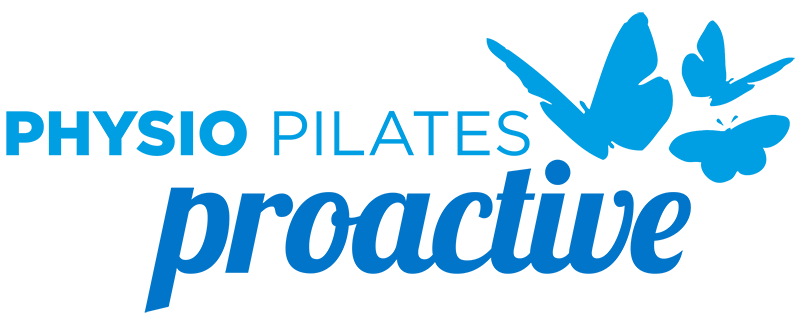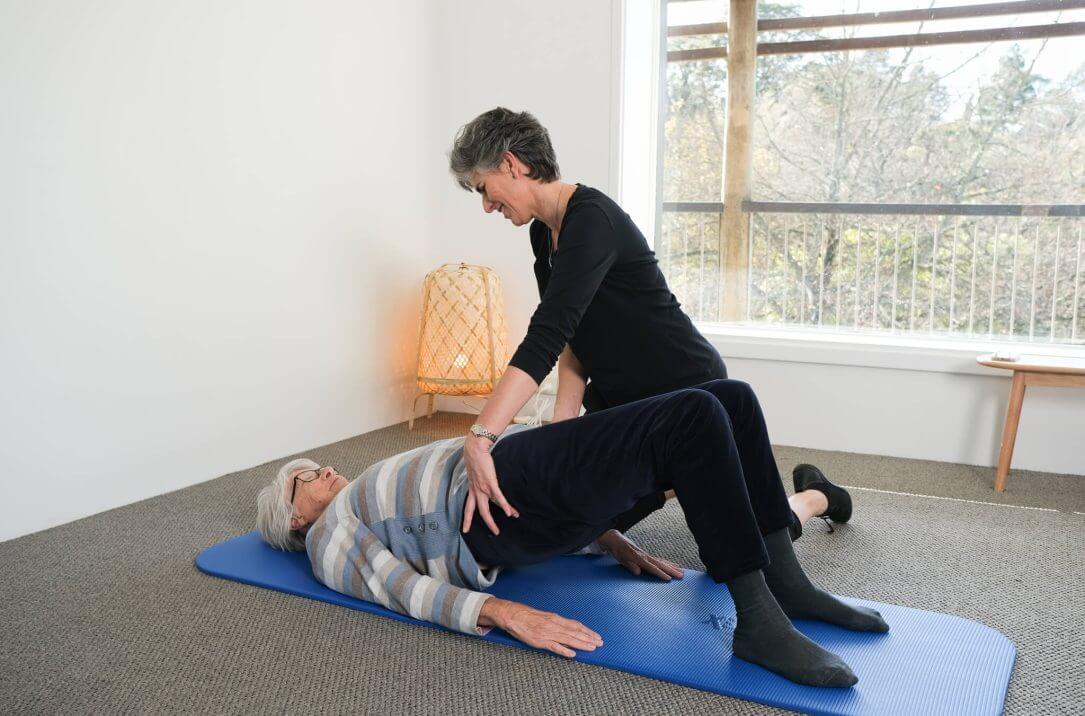What is a prolapse
Prolapse is where the anterior vaginal wall (involving the bladder), posterior vaginal wall (involving the rectum) or uterus can come down through the opening of the vagina. This can be due to the weakening of the pelvic floor or ligament laxity not supporting the pelvic contents. It can result in varying degrees of discomfort and disruption to daily life. A Womens Health Physiotherapist trained in Prolapse management can assist in the diagnosis of a prolapse, and help you implement a treatment plan to you manage your symptoms.
If you have a mild to moderate prolapse, as well as doing regular pelvic floor exercises, regular exercise can be a really important part of managing symptoms. Our Womens Health Physio Caitlin has these top-tips you can implement when you are exercising
- “Exhale on the ‘effort’ part of the exercise or movement”
- “Avoid excessive abdominal load/bracing as this increases the pressure down on the pelvic floor and pelvic organs”
- “Choosing seated or lying positions for exercises can decrease the load from working against gravity”
“It is also important to keep these points in mind whilst doing activities that do increase the abdominal load (such as lifting)”
- “Consciously activate your pelvic floor just prior to lifting”
- “Bend your knees to get low, not your back”
- “Keep a hip width stance when squatting down (a wider stance opens the pelvic opening more and makes it harder for the pelvic floor to work against gravity) “
A Women’s Health Physiotherapist can help you to learn how to activate your pelvic floor muscles correctly, help you to exercise safely, and help manage your symptoms. If you suspect you may have a prolapse, or are experiencing any related symptoms, book a review with our specialist Women’s Health Physio Caitlin, for an evaluation and personalized treatment plan.

